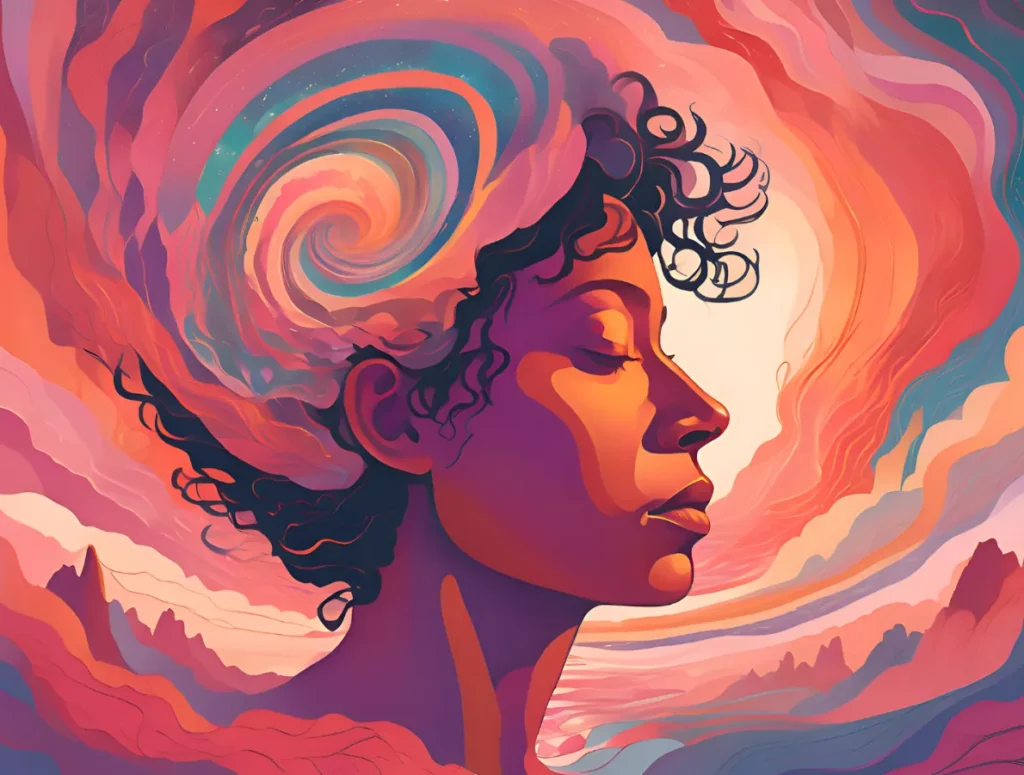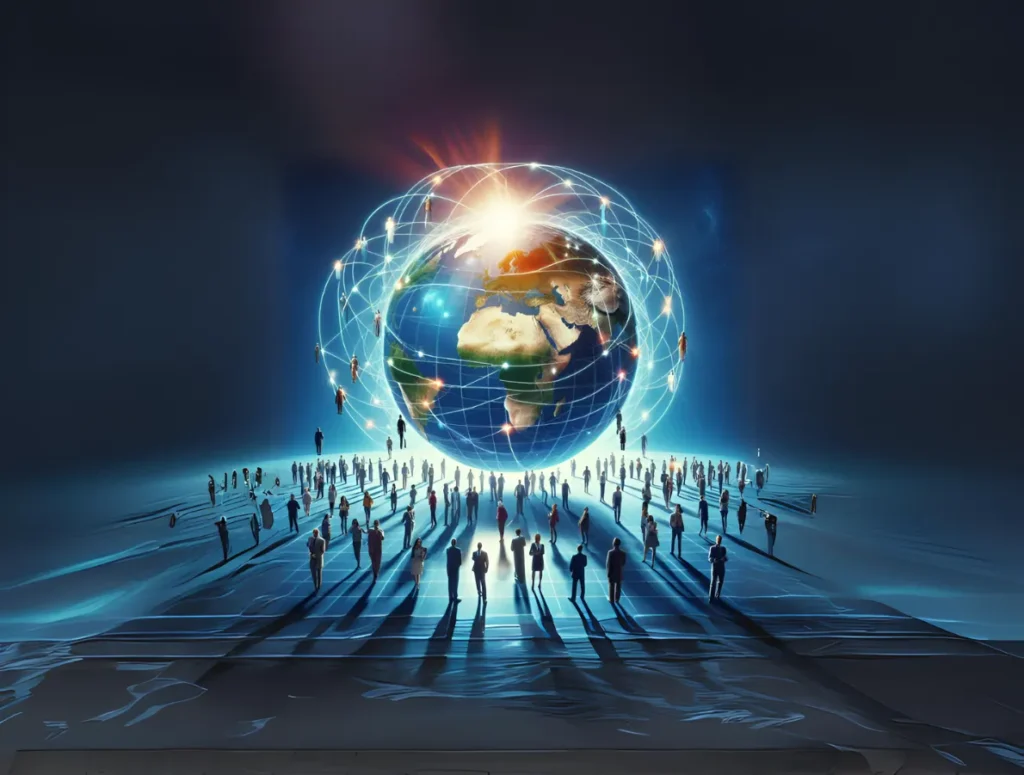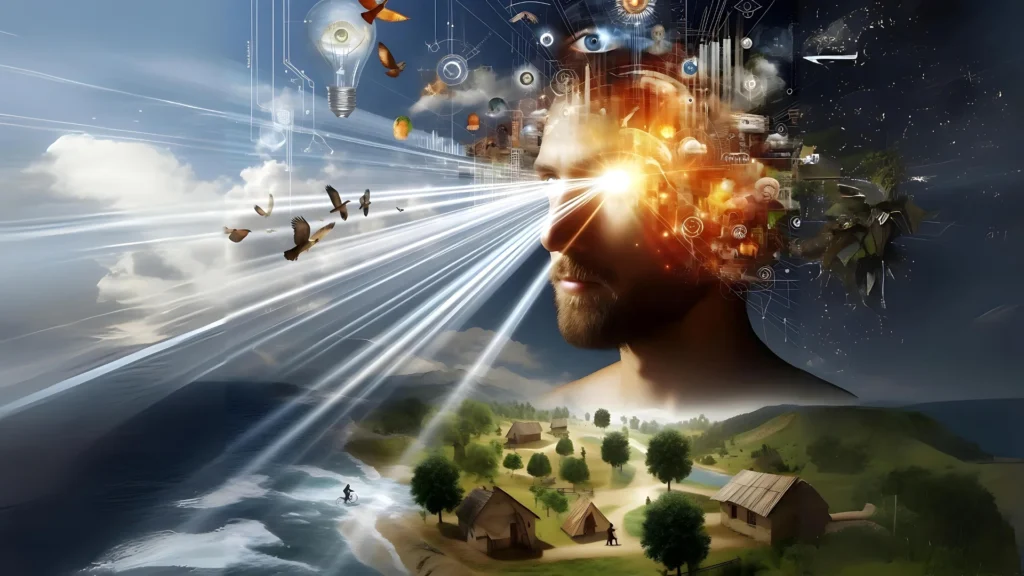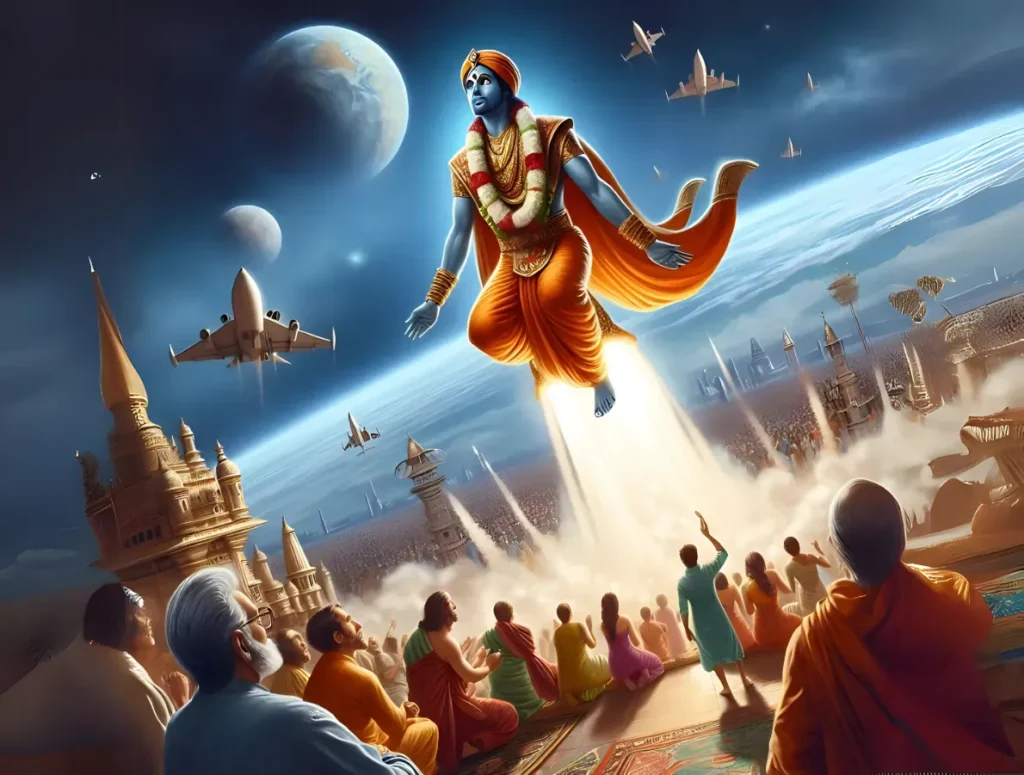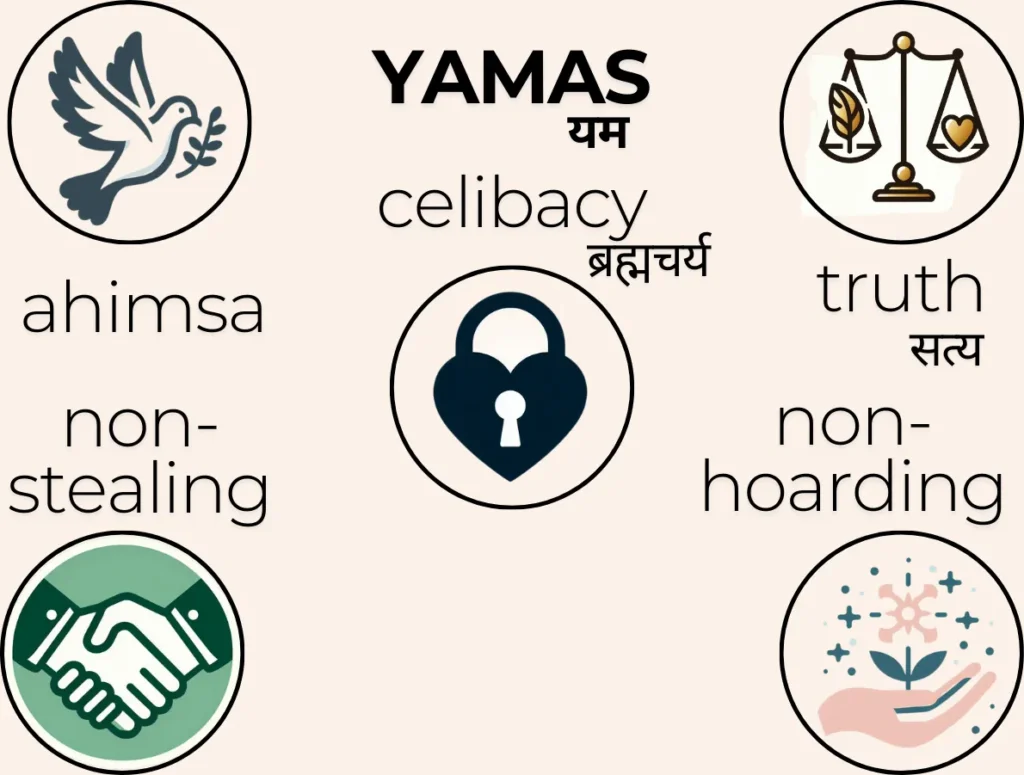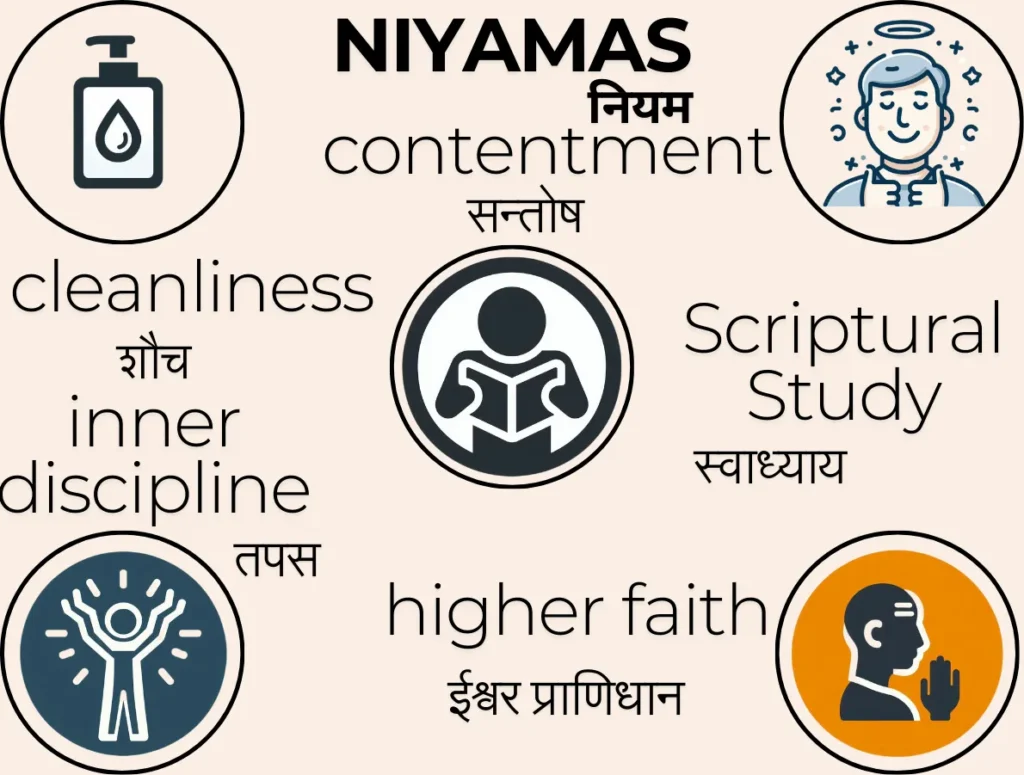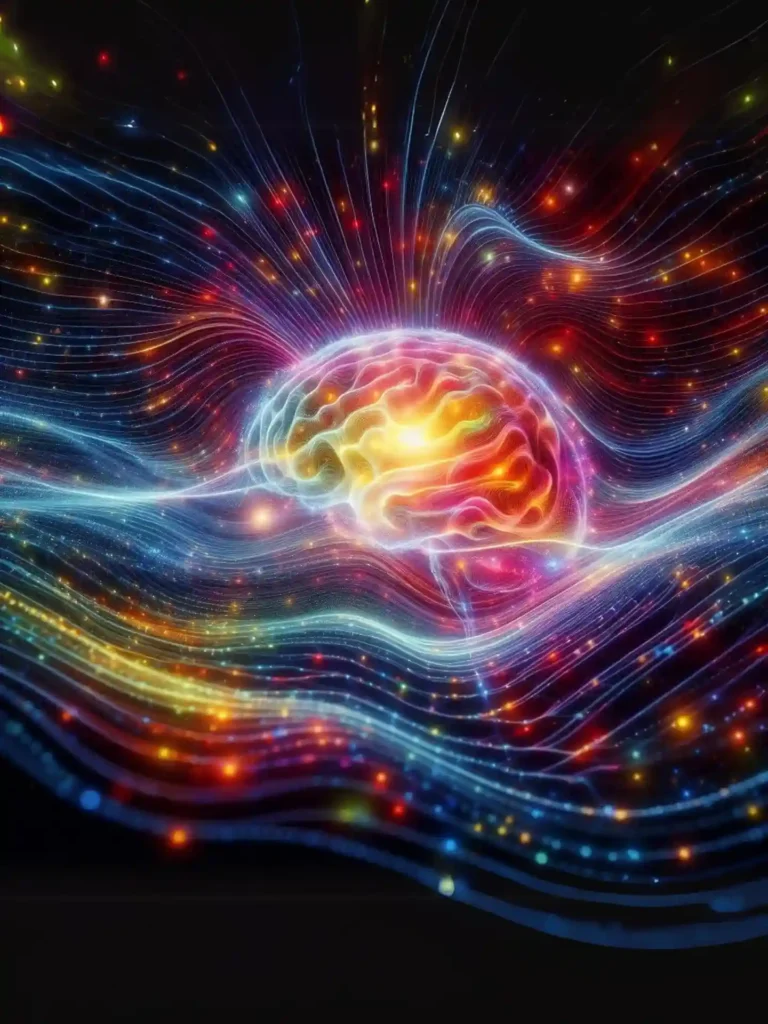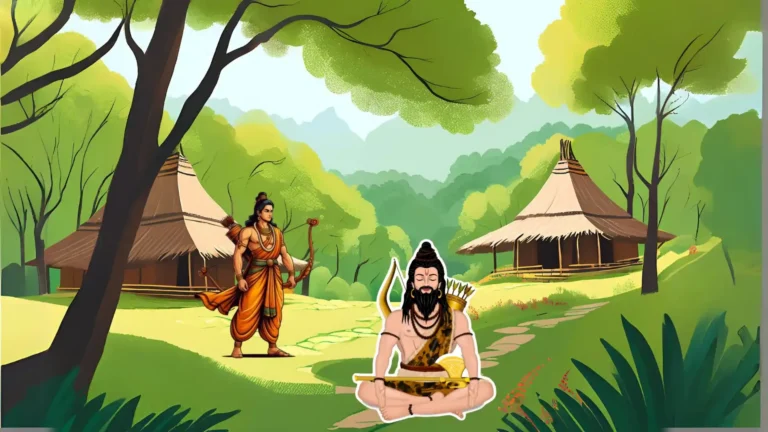Please Like the Blog and Share it for Maximum Reach
Table of Contents
Three Major Sections on Consciousness
Let us cover the Topic of Consciousness in 3 major sections. They are
- The Collective Unconsious
- What exactly is Consciousness
- The Nature of Awareness through the Classical Dharma Definition of Sat-Chit-Anand
Section 1: The Collective Unconscious Mind
In the first Section, we shall cover the following topics related to the collective unconscious mind:
- Carl Jung and the Psychological mode
- An example of how the Psychological Archetypes work
- How the world undergoes changes,
- The Collective Unconscious Repository Engine
- How Advaita Vedanta solves the problem of the Collective Unconscious
The Phenomenon of Collective Unconscious Mind
Carl Jung, the famous Swiss psychiatrist, popularized the phenomenon of the collective unconscious mind and tried to explain one’s inner world based on archetypes or psychological models, which existed in two forms.
One was beyond individualistic psychic phenomena, more at a universal platform. The universal model then manifested at an individualistic level through the psychological phenomenon within an individual. Based on these models, psychologists determine the individualistic functioning of the psyche.
The models or archetypes were generalized and studied so that patterns could be observed, giving psychiatrists and psychologists a cue towards treating mental issues with patients. Many archetypes or psychological models were seen reflected in tribal cultures existing in different corners of the world.
The Tribal Archetypes of the World
Although cut off by space and time, the psychological expression of the varied and distant tribal communities resembled deeply in uncanny ways. For example, almost all tribal cultures of the world recognized a Supreme Power and had similar practices that worshipped forces of nature like the Sun, Fire, and Wind.
It did not matter whether the tribe belonged to the Americas, Egypt, India, or the Far East. This similarity in psychological expression is a definite archetype that belonged to the realm of the unconscious universal mind, or the collective unconscious, as Carl Jung called it.
Dreams are Domains Reflecting the Unconscious Mind
It is important to note that both individualized and collective unconscious mind is covered within the realm of psychological phenomena. What we see and experience in dreams or deeper premonitions can qualify as revelations that find expression through our individuality, although the seed of such psychological revelations belongs to the domain of the collective unconscious.
The World is the Sum Total of Individual Consciousness
At an individual level, when a person gets signals through dreams, it is a connection of the individual unconscious with the collective unconscious mind. When the signals are received without a sense of awareness, they automatically shape or reshape the psychological temperament of an individual. This is the reason why the world undergoes changes in moods as time passes.
The world is a sum total of all the individual conscious and unconscious elements set to a program. People’s tastes change, technology changes, and preferences, likes, and dislikes change. This is universal psychological conditioning triggered from the collective unconscious domain.
The whole psychological system of the universe is, in reality, on autopilot. Human beings are said to have intelligence and raised awareness, but what if we are told that this so-called conscious living of humans is happening by the very instigation of the collective unconscious mind? This is hard to believe, but it is true.
The Psychological Generator
The collective unconscious mind is a vast, inexhaustible repository of impressions that exist within the sphere of the universal psychological domain. Since consciousness is an essential component of the living process or phenomenon, the unconscious mind set of impressions is set into motion, and a great colossal generator of psychological power has been set into motion from beginningless time.
When this finds expression in individuals, it becomes personalized individual expression. Due to wholesale unawareness, the universal set of impressions in the unconscious mind sets the stage for events that get executed through people, circumstances, and events. The psychological environment within individuals is the automated response to external events and circumstances, which again reinforce fresh impressions on the collective unconscious mind domain.
7/8 Questions from Sanatana Dharma
The scores generated in this Quiz may or may not be absolute. There may be right or wrong answers to each Question. A percentage towards 100 indicates that you are more aligned to the overall subject matter.
The World Plays out the Unconscious Mind Realm
Thus, in a sense, the collective unconscious mind goes on with its work of massive accumulation of fresh impressions from individualized minds. This initiates world and individual events that play out as a function of the collective unconscious mind repository, thereby creating an endless wheel of cause and effect.
The bad news is that the collective unconscious can never be wiped out altogether, and hence what has to be played out will eventually be played out on the vast canvas of time and space.
Individual Awarness Can Direct the Mass Unscious
The good news, however, is that individual consciousness can shape collective consciousness in the long run and alter the way things are shaping out right in this present moment. The more aware an individual becomes, the more he shall be relieved from the artillery of the collective unconscious mind.
Indian spirituality has already known how to fix the problem of the collective whole. What Jung has spoken about and worked on is the identification of the unconscious realm, which is the repository of the universal mind, beyond the conscious reach of individualized existence.
Breaking Free From The Unconscious Mind
However, Indian spirituality or the teachings on Advaita Vedanta have exacting solutions toward breaking free from the grind of the unconscious whole. When an individual is made aware of how the individualized psychological setup works, he can then graduate to the next stage of eliminating the psychological ambience within his individualized mind, thereby falling out of the grip of the collective unconscious mind.
This is because the collective unconscious mind finds expression only through the individualized psychological apparatus. If this connection is dissolved, the individual will no longer be controlled by world events dictated by circumstances, people, or events.
Such an individual will have crystallized intelligence and vision, which will then be a function of that which is beyond the collective unconscious mind, namely the Spirit, which can never be grasped by the universal or individual mind. The one who is free of the grip of the collective unconscious mind has verily attained the Self.
He knows and lives by the dictum, “Aham Brahmasmi,” meaning “I am that Brahman,” which is the source of all sources, even of the collective unconscious mind.
Section 2: What Exactly is Consciousness
In the Second Section, we shall discover the following truths about consciousness.
- How important it is to understand consciousness
- The assumption about consciousness in the West
- Sanatana Dharma has answers to the question of consciousness
- The components of nature
- Where we can find consciousness
- An example of conscious experience
- Answering what exactly is consciousness
Why is Consciousness Important?
This is an interesting topic for students of truth, for people who have gone beyond their daily grind of eating, mating, sleeping, and defending. Asking the question, “What is consciousness?” is the question that can solve the entire mystery of life here on this planet and beyond.
At least for a sincere seeker who is asking about the nature of consciousness and pursuing it deeply, life shall pose fewer impediments. Such a powerful question does not beg for an answer. The question is so powerful that, the moment man begins to introspect the possibilities of consciousness, he shall find answers to every problem of life and perhaps get all other dependent questions dissolved once and for all.
Consciousness According to the West
Now we shall delve deeper into what consciousness is. Consciousness is a topic much pondered about in the West, but their approach is from observing the material phenomenon and then arriving at an answer to the hard problem of consciousness.
Many times, patients with brain-related challenges or sensory distortions are studied to get a handle on consciousness. Such an approach is like trying to discover the original name of a substance by studying its constituents.
Is there a connection between the name and the constituents of a substance? There may be, but 99% of the time, there is no correlation between the naming of a substance and its properties, so to speak. It seems quite illogical when one looks deeper into the matter. The Indian ethos is part of one of the most ancient civilizations the universe has ever known.
Sanatana Dharma Has Answers for Consciousness
Sanatana Dharma has enough modern and ancient evidence to suggest that it has no beginning. The Vedas predate even humans and have direct answers to fundamental questions related to consciousness.
However, unless one is ready to apply the principles enunciated in the ancient Indian scriptures, consciousness shall continue to remain an unsolved hard problem of both philosophy and science. Those who have applied the principles of Dharma have directly experienced within themselves the nature of consciousness and have attained all the secrets relating to the question of consciousness.
The 2 Components Within Nature
There are fundamentally two essential components to nature: one conscious and the other sans consciousness. Many Western philosophers believe that consciousness is a by-product of matter and has something to do with the brain.
Some believe that the senses and our mental experience have something to do with consciousness. But a true sage who is established in perfect consciousness knows with absolute certainty that consciousness is beyond all bodies, individuals, places, or things.
It simply “is,” and it is universal without a second. However, the experience of consciousness happens indirectly within the living entity through the brain, mind, senses, emotions, and all the secondary attributes of the human mind-body constitution.
Where Can We Find Consciousness?
It is wise to understand that consciousness is beyond all these limiting entity attributes. Consciousness itself gives rise to entities, not the other way around as is professed in the Western world. The evolution of quantum mechanics is a giant stride in the direction of realizing consciousness, so to speak.
Consciousness, technically, is never experienced but can only be realized, because it is the experiencer and hence cannot be experienced. It is the mother of all entities, permeating through all living and non-living entities.
Even a so-called non-living entity is conscious in some way, but an average human being is unable to detect that consciousness. People who perform spiritual practices, awaken all their subtle energies, and raise them to a considerable high pitch are able to detect the consciousness that permeates non-living entities.
An Example Of Conscious Experience
It is not a fakery that certain vehicle owners are able to connect with their cars or two-wheelers better. The vehicle also responds to the touch and mood of its owner. If the vehicle is operated by another individual, although the friend may be adept at handling it, he might complain about inherent problems.
The vehicle owner will surely disagree. Why does this happen? This is not mere coincidence. In 50 such cases, at least in 40, such an experience is not uncommon. What handles the sentiment between different individuals?
People say it is emotions, feelings, or biases. All of this is true, but the single entity that predominates and preludes experiences within this world is consciousness alone. Consciousness is a pure spiritual entity, which has no material equivalent.
It is the source of all elements, objects, and entities. When a person raises his pitch by suitable practices, as prescribed in Sanatana Dharma, he shall directly access the source of all operations, wwhich is the Universal consciousness element.
As Many People Those many Temparaments
It is this Universal consciousness that operates and behaves differently, as it occupies different people in different regions. The temperaments of different people are a function of this consciousness that manifests in multifarious ways.
However when consciousness interacts with its own by-products or evolutes, that Universal consciousness attains a level of contamination. Such levels of contamination itself contribute to the body, mind, intellect; memory configuration etc of various living entities.
When Universal consciousness becomes absolutely frozen, that consciousness itself becomes the things that we consider inanimate or lifeless. Something may appear lifeless but in reality it cannot be said that such an object is fully unconscious.
The Scriptures of Sanatana Dharma reveal, that the universe that we inhabit is fully awake, conscious. But because of our inner blocks, presuppositions and rigidity, we have submerged ourselves into a semi-conscious state where we see variety which is dull, insipid, putrid and divisive.
The day we awaken fully to consciousness we shall see a universe that is completely lit up with the fireworks of joyous consciousness.
Section 3: The Nature of Awareness through the Classical Dharma Definition of Sat-Chit-Anand
Intelligence has a source existence has the same source that source is pure awareness awareness is the light in which the world appears in the field of Jnana Yoga. Truth is another name for awareness. One who is identified with awareness knows Truth. It is the the source of silence that is exactly the source of creation.
Nature Of Awareness
For example just like a movie is played on the television screen awareness is the screen on which the movie of the world plays. Even before the movie is played the screen exists. Even after the movie has stopped playing the screen remains. Similarly the world may appear or disappear but awareness will and always remain.
What Is Ananda
Ananda is the qualitative property of awareness. Ananda is Bliss Absolute. Taking these words literally, one may even conclude that there exists a platform where there is nothing but immeasurable bliss. Bliss is not a feeling or temporary state but the background on which the worldly affairs appear.
It is a permanent background and not the flickering temporary state of mind. Things like table share trees the body books sceneries etc can be identified or pointed to. They are hence objective in nature. Even subtler emotions like sadness happiness etc are objective in nature as they can be identified precisely. On the other hand, existence or bliss are not objects but subjects as they cannot be pointed to, or identified precisely.
Bliss Can Be Mistaken
So one may falsely conclude that since it cannot be identified clearly it is unreal. The Truth is that existence consciousness and bliss although not a thing is the reality that is the undercurrent of all things. Other than existence consciousness and bliss there is no other.
An Analogy for Consciousness Existence Bliss
Reality for example gold ornaments like rings necklaces bracelets armlets chains etc are things that exist yet their reality is the material that makes them and not necessarily their shape. The reality of all these ornaments is the gold. If there were no gold then there is no ornament, no shape, no object.
The shapes may change yet the gold remains unchanged like gold bliss and existence is the reality of the world everything that exists is only a transformation of existence and bliss.
Please Like the Blog and Share it for Maximum Reach


